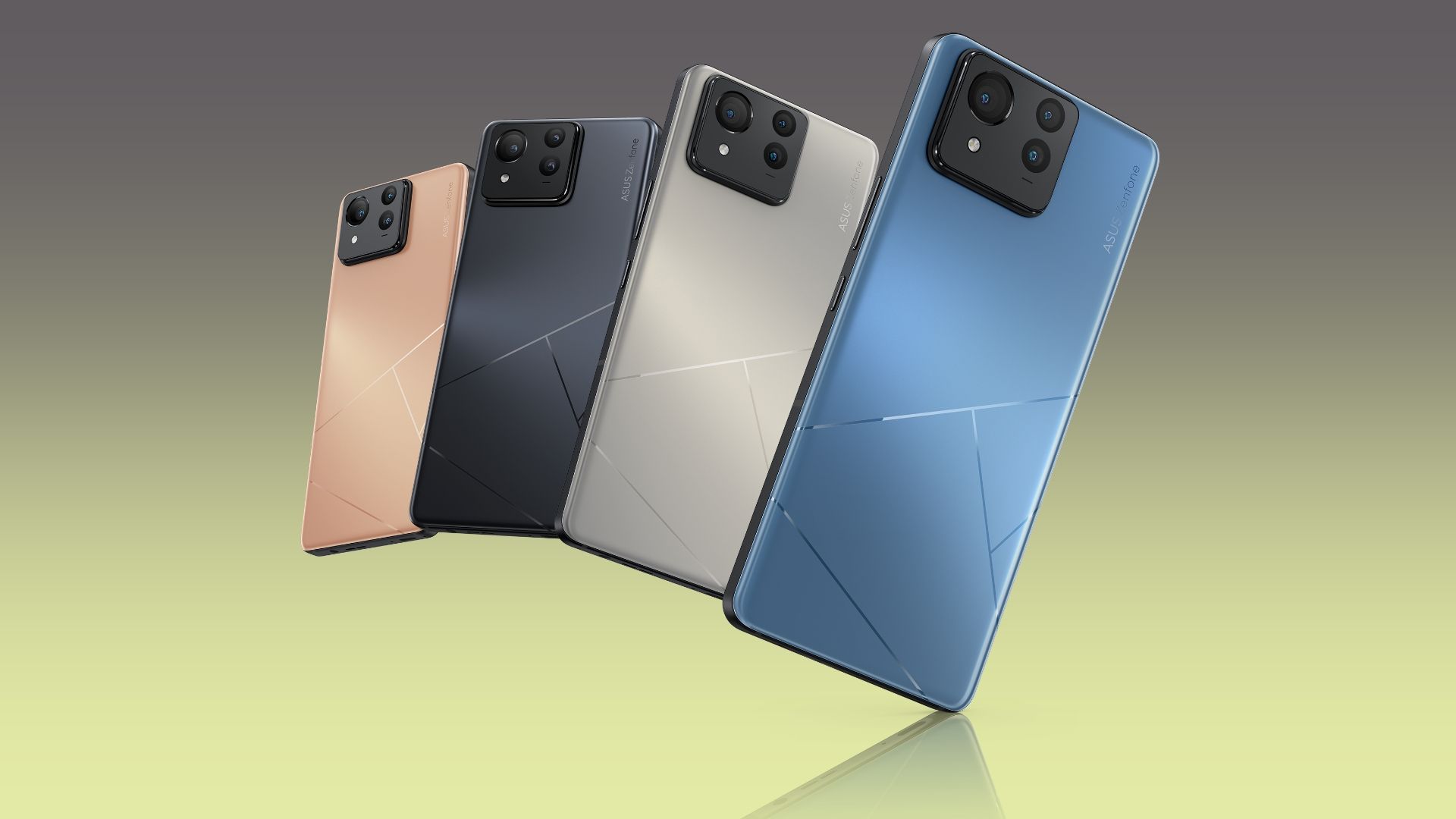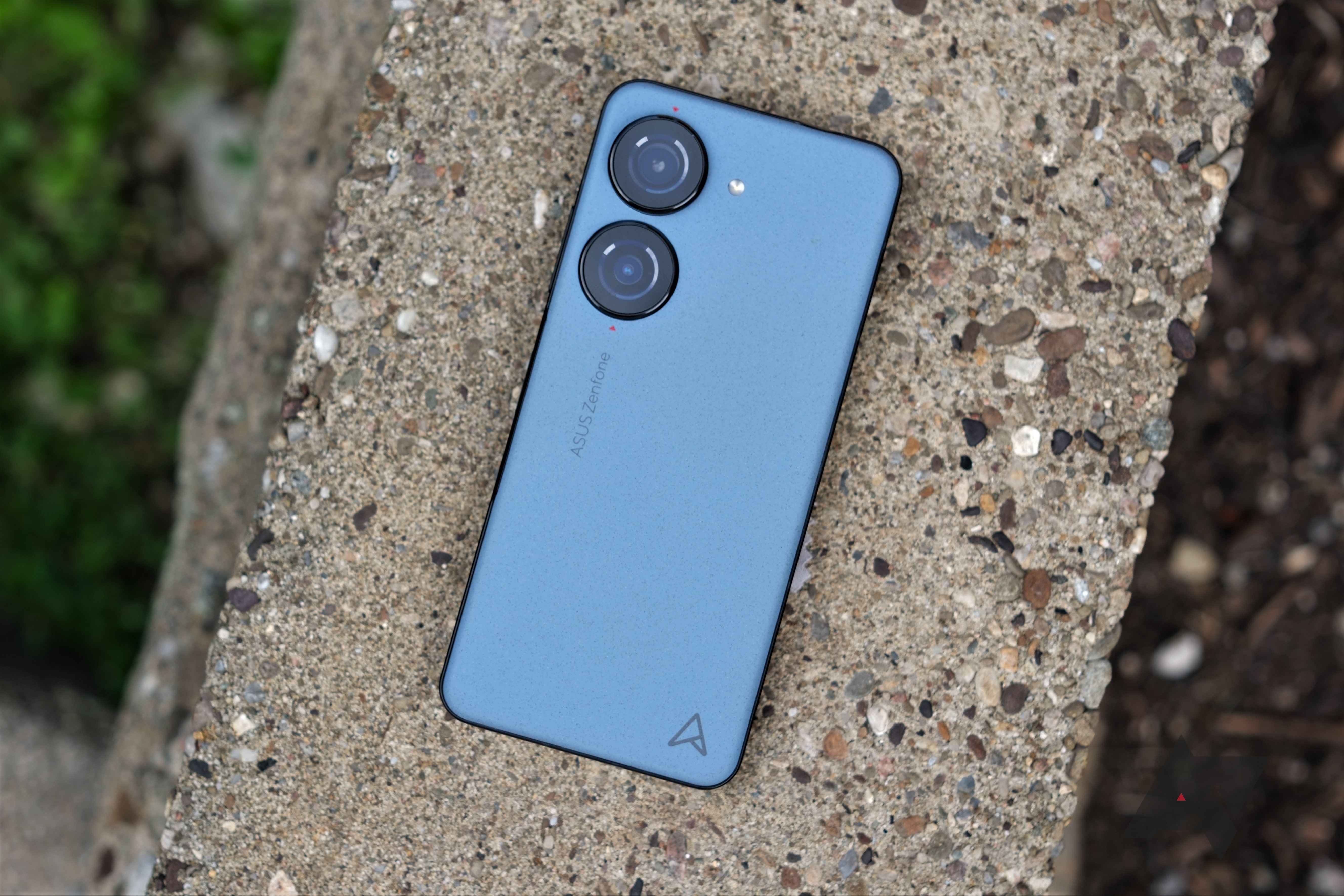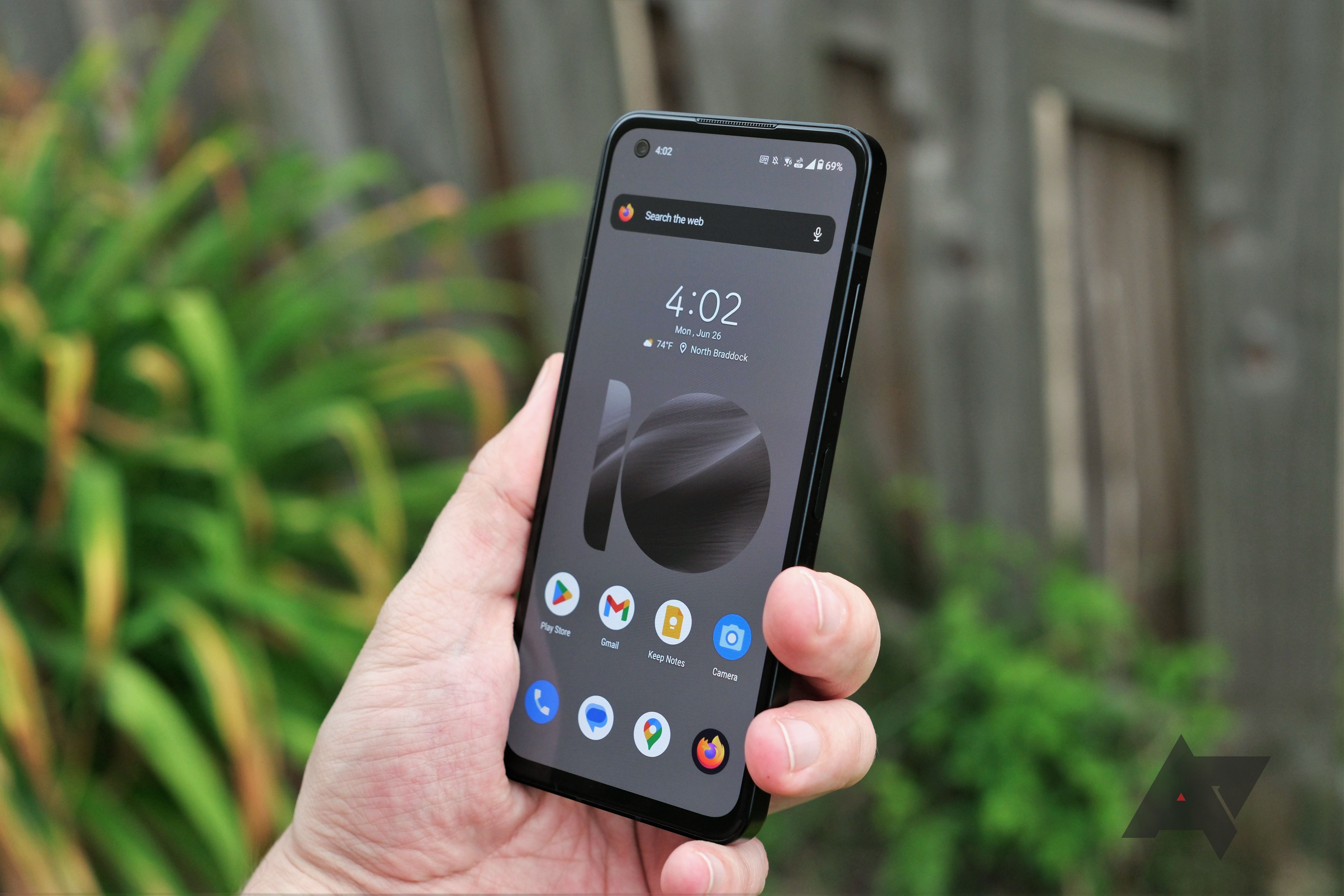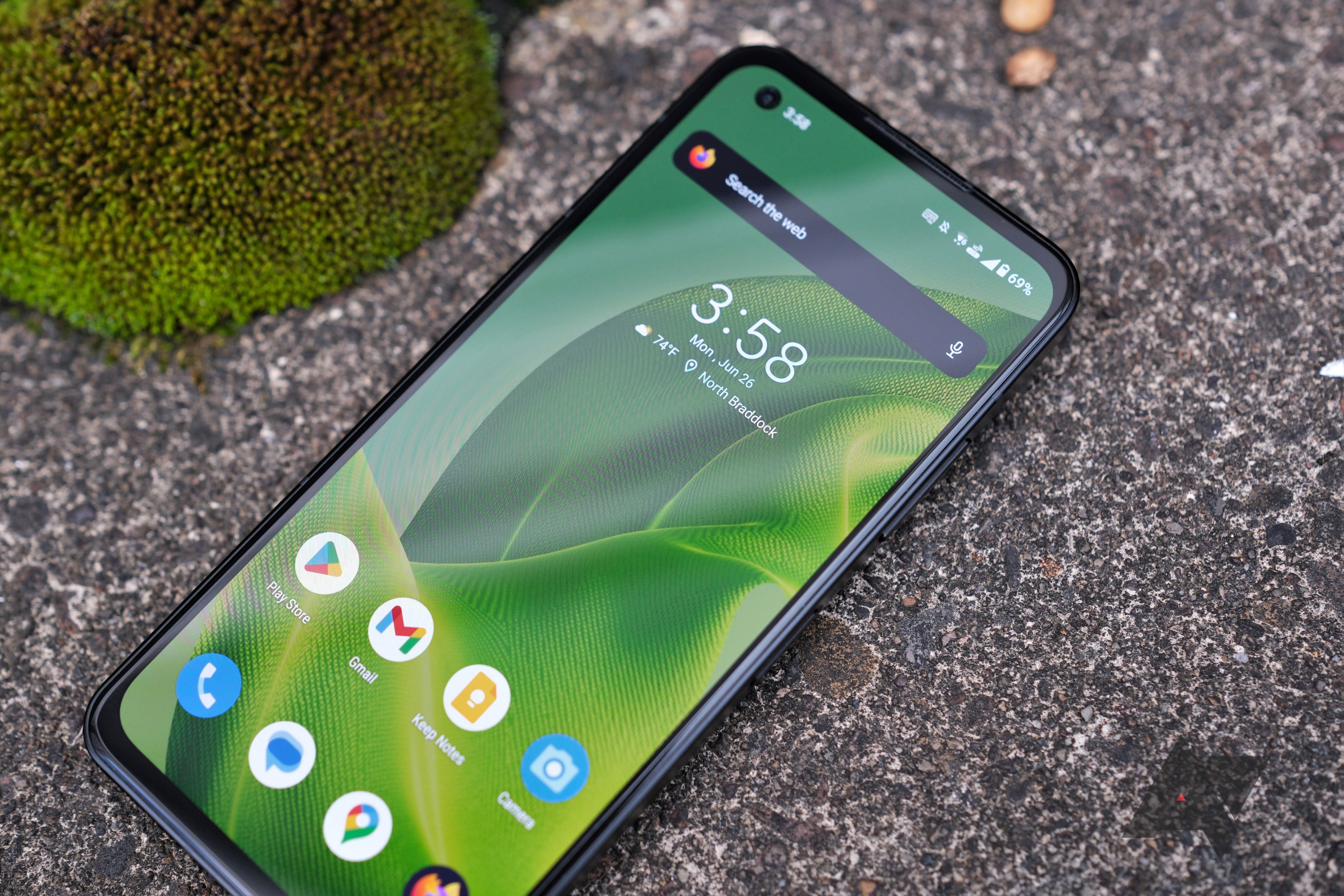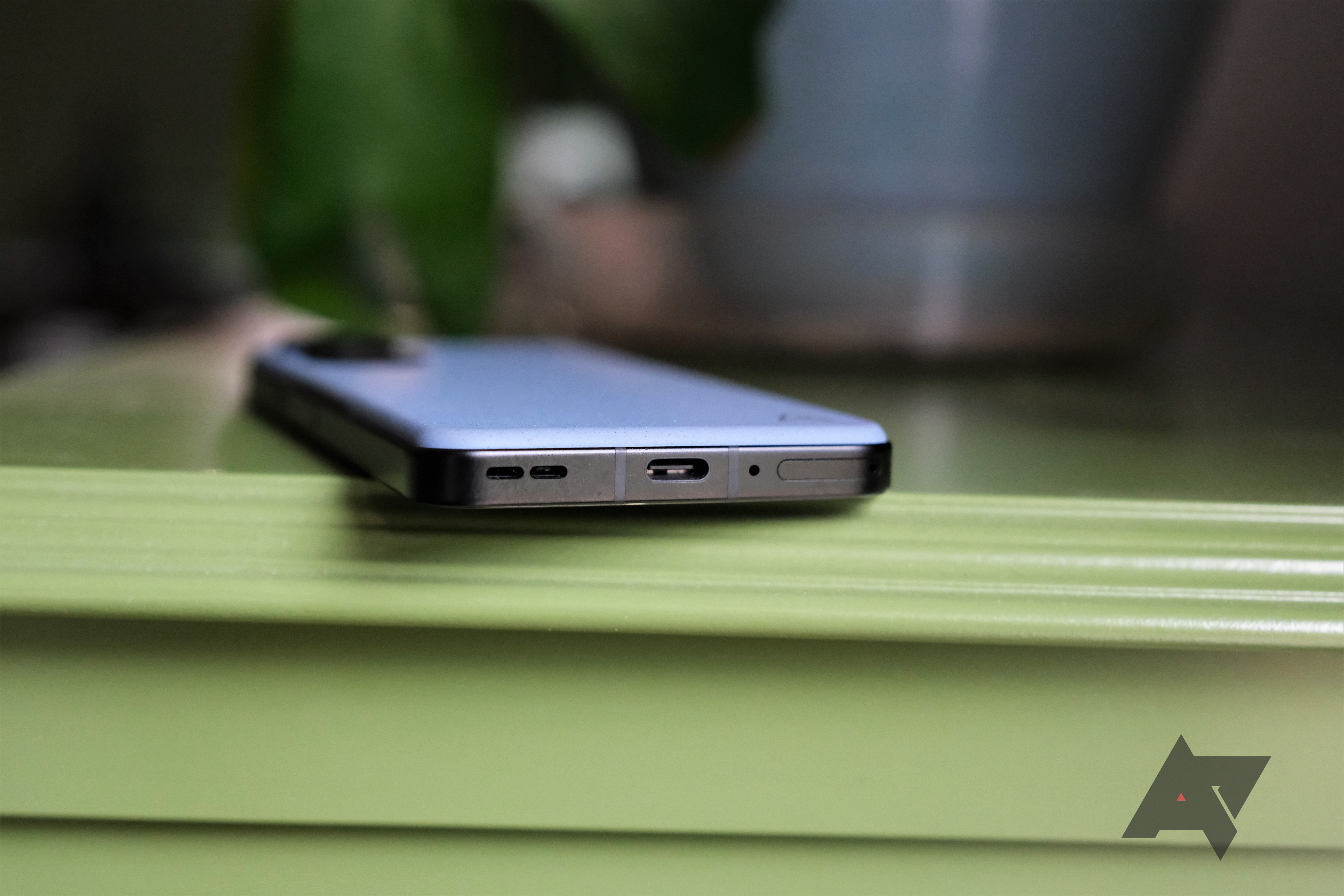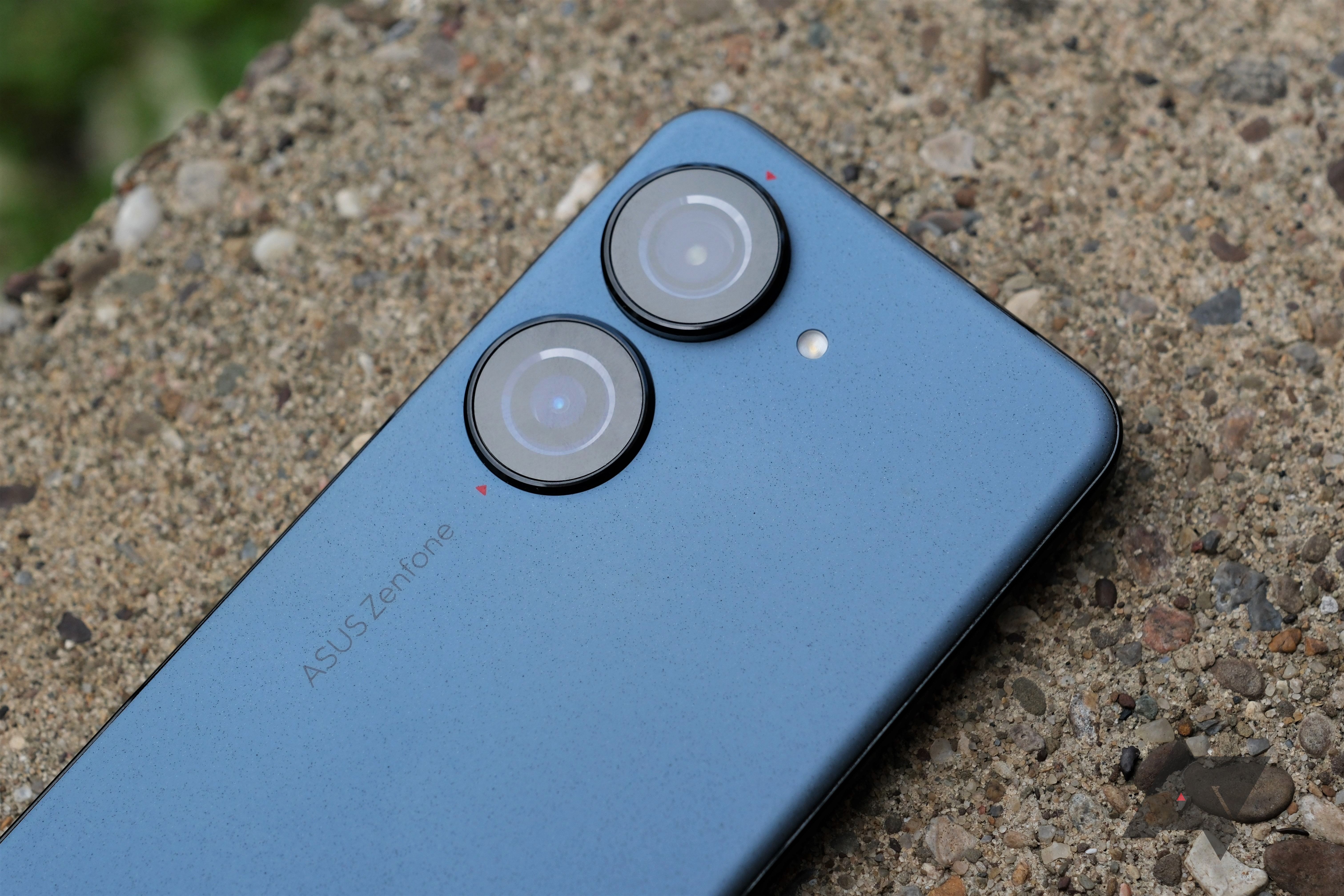-
Asus Zenfone 11 Ultra
The Ultra flagshipThe Zenfone 11 Ultra embraces current flagship trends with a large display, the latest chipset, triple cameras, and a battery that seems to last forever. This phone is ideal for those who prioritize a big-screen experience. But be prepared for a device that demands two hands for comfortable use.
Pros- Bigger, more immersive display
- Telephoto lens
- Huge battery, faster charging
Cons- Cameras still aren’t flagship-grade
- Only two expected OS upgrades
-
Asus Zenfone 10
The compact flagshipThis phone is built to slip easily into your pocket and eliminate the need for finger gymnastics. Despite its compact size, it feels surprisingly powerful, easily handling even the most demanding apps. The cameras are decent, while the battery life ensures you won’t be scrambling for a charger by the end of the day.
Pros- Delightfully compact
- No compromise on performance
- More affordable
Cons- Average display brightness
- Slower charging
- No telephoto lens
For years, Asus’ Zenfone series has been the best compact phone champion. Offering sub-6-inch displays without sacrificing power, these phones have been a favorite among users who prioritize comfort and one-handed use. The Zenfone 10 was the pinnacle of this philosophy, cramming top-of-the-line specs into a size that felt comfortable in any hand.
However, the mobile landscape is constantly shifting, and it seems Asus is following suit with the Zenfone 11 Ultra. This year’s offering takes a dramatic turn toward the “bigger is better” mentality. The Zenfone 11 Ultra boasts a massive display, a beefy battery, more cameras, and, unsurprisingly, a heftier price tag.
So, should you go big with the Zenfone 11 Ultra or stick with the compact powerhouse that is the Zenfone 10? This guide will break down the key differences between these two phones to help you decide which is the perfect fit.
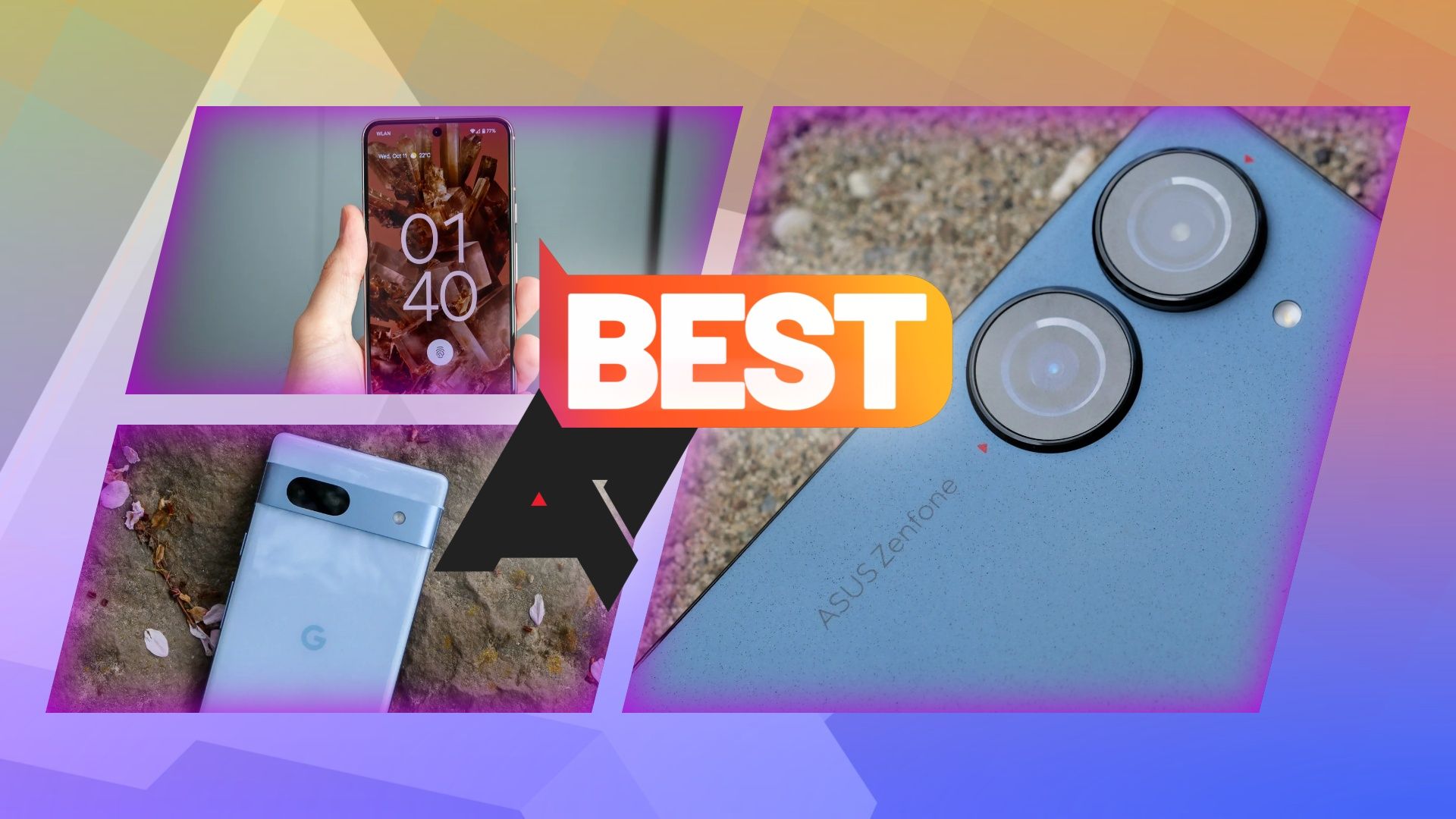
Keep it compact: our favorite small phones this year
These small phones are bucking the trend in a world full of phablets
Price, availability, and specs
The Asus Zenfone 10 launched in the summer of 2023 and is currently available for purchase on the Asus e-store and various third-party retailers. Prices start at $700 for the base 8GB/128GB variant, with the 256GB variant available at $750.
The newer Zenfone 11 Ultra, announced in March 2024, comes in a single 12GB/256GB storage configuration priced at $900. You can also find it on the Asus e-store. While it’s fair to assume that launching a bigger Ultra flagship means discontinuing the small phone series, the change in naming convention still leaves space for Asus to launch a vanilla Zenfone 11 sometime in the future.
An important point to note is that neither of these phones supports mmWave 5G networks. This means they won’t be compatible with Verizon’s network but should work just fine on AT&T and T-Mobile.
-
Asus Zenfone 11 Ultra Asus Zenfone 10 SoC Qualcomm Snapdragon 8 Gen 3 Qualcomm Snapdragon 8 Gen 2 Display type LTPO AMOLED, 144Hz Super AMOLED, 144Hz Display dimensions 6.78 inches 5.92 inches Display resolution 1080 x 2400 1080 x 2400 RAM 12GB 8GB Storage 256GB 128GB, 256GB Battery 5,500mAh 4,300mAh Charge speed 65W wired, 15W wireless 30W wired, 15W wireless Ports 1x USB-C, 1x 3.5mm 1x USB-C, 1x 3.5mm Operating System Android 14 Android 14 Front camera 32MP, f/2.5 32MP, f/2.5 Rear camera 50MP, f/1.9 main with gimbal OIS; 32MP 3x telephoto with OIS; 13MP ultrawide 50MP, f/1.9 main with gimbal OIS; 13MP ultrawide Wi-Fi connectivity Wi-Fi 7 Wi-Fi 7 Bluetooth Bluetooth 5.4 Bluetooth 5.3 Dimensions 163.8 x 76.8 x 8.9mm 146.5 x 68.1 x 9.4mm Weight 224g 172g IP Rating IP68 IP68 Colors Eternal Black, Skyline Blue, Misty Gray, Desert Sand Starry Blue, Midnight Black, Aurora Green, Eclipse Red, Comet White Stylus No No Price $899.99 $699.99
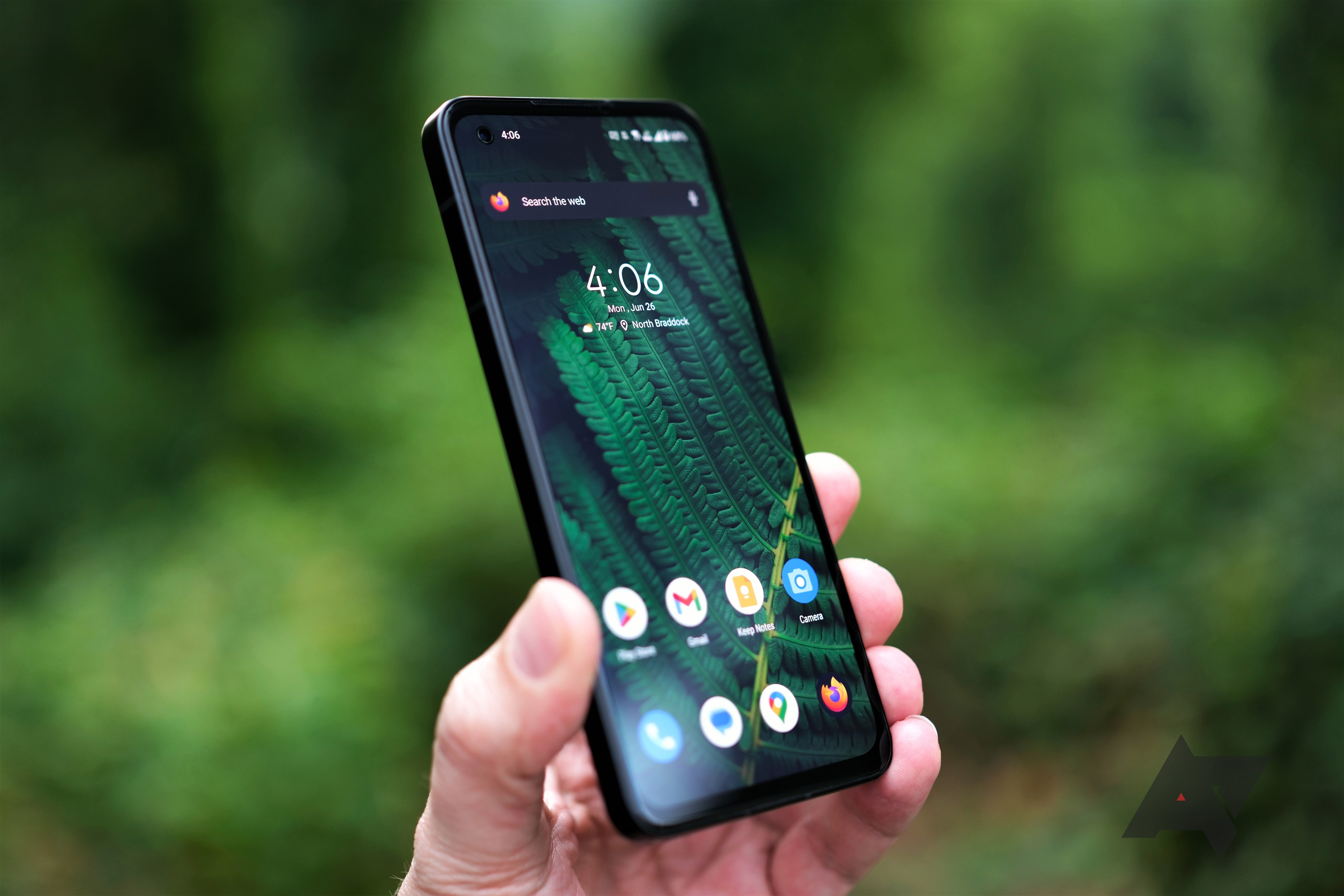
Asus Zenfone 10 review: The last of the (good) small phones
Good things still come in small packages
Design
Go big or go home
The core difference between these two phones lies in their size. The Zenfone 11 Ultra embraces a large footprint, sharing some aesthetic cues with the ROG Phone 8. Measuring 163.8 x 76.8 x 8.9mm, it dwarfs the Zenfone 10 (146.5 x 68.1 x 9.4mm) in height and width. The weight difference is substantial, too, with the Zenfone 11 Ultra tipping the scales at 224g compared to the Zenfone 10’s 172g. While the Zenfone 11 Ultra isn’t excessively bulky by modern flagship standards, it definitely caters to those who prefer a larger phone for immersive viewing and gaming.
The Zenfone 10, on the other hand, is a true outlier. It’s one of the very few modern smartphones that can be comfortably navigated with one hand, thanks to its compact size and lighter weight. The Zenfone 10 also opted for a more practical approach with a plastic back featuring a matte finish. This keeps fingerprints at bay and reduces the risk of shattering compared to glass. The Zenfone 11 Ultra goes for a more premium look with a glass back.
In terms of aesthetics, the Zenfone 10 sported a unique look with two separate circular rings for its vertically stacked dual cameras. The Zenfone 11 Ultra takes a more conventional route with a squarish camera island housing its triple-lens setup positioned in the phone’s top left corner.
The Zenfone 11 Ultra offers a standard palette (black, gray, blue, and beige), while the Zenfone 10 boasts a more vibrant selection of five colors, including a head-turning red shade.
Both phones share some important features, though. They come with an IP68 rating for dust and water resistance, ensuring they can survive splashes and spills. They also retain the beloved 3.5mm headphone jack, a feature missing on many modern flagships. The Zenfone 10 opted for a physical fingerprint sensor integrated into the power button, whereas the Zenfone 11 Ultra utilizes a more modern in-display fingerprint scanner.
Display
Bigger is indeed better
The display size is a defining difference between these two phones. The Zenfone 10 offers a compact 5.92-inch Super AMOLED display, perfect for comfortable one-handed use and easy pocketability. The Zenfone 11 Ultra takes a big leap forward with a sprawling 6.78-inch display, ideal for those who prioritize a more immersive viewing experience.
Interestingly, both phones share the same resolution of 1080 x 2400 pixels. This translates to a slightly lower pixel density on the Zenfone 11 Ultra, but the difference is unlikely to be noticeable in everyday use.
The Zenfone 10 features a 144Hz refresh rate display, but with a caveat – it’s only enabled for a limited game selection. All other content defaults to a 120Hz refresh rate. The Zenfone 11 Ultra removes these restrictions, offering a smooth 144Hz refresh rate and an LTPO panel that dynamically adjusts its refresh rate based on content.
Brightness is another area where the 11 Ultra shines. It boasts a significantly brighter panel, reaching a peak of 2500 nits for HDR content. Even in regular use, the High Brightness Mode can kick in and deliver 1600 nits, making the display easily viewable outdoors. In comparison, the Zenfone 10’s display maxes out at 1100 nits peak, with a High Brightness Mode reaching only 800 nits.
Both phones come equipped with stereo speakers for immersive audio, but the Zenfone 11 Ultra might offer a slight edge due to its larger size potentially allowing for better sound separation.
Finally, the Zenfone 11 Ultra gets a bump up in terms of display protection. It utilizes the latest Corning Gorilla Glass Victus 2, while the Zenfone 10 uses the previous generation Gorilla Glass Victus.
Software and performance
Good to have improvements
Performance is a rare area where the size difference between the Zenfone 10 and 11 Ultra doesn’t translate to a massive disparity. Both phones pack serious power, though the 11 Ultra does bring in some generational upgrades.
The Zenfone 10 boasts 8GB of RAM and either 128GB or 256GB of storage. A Snapdragon 8 Gen 2 chipset lies at its core, which remains a very capable processor, even in 2024.
The Zenfone 11 Ultra takes things a step further with 12GB of RAM as standard and 256GB of storage. It has the latest Snapdragon 8 Gen 3 chipset, offering some performance gains over its predecessor. However, in most everyday tasks, both phones will feel equally snappy, easily handling demanding games and applications.
The Zenfone 11 Ultra’s larger size allows for a more efficient cooling system, so you can expect it to run cooler under prolonged stress compared to the Zenfone 10. That being said, the Zenfone 10 surprised many with its ability to handle the 8 Gen 2’s power in its compact form factor. Gamers, however, will likely appreciate the extra screen real estate offered by the 11 Ultra.
On the software side, the phones run Asus’ custom ZenUI skin, closely resembling stock Android with some added features and tweaks from the brand. Asus’ software update policy is one downside to consider. In 2024, Asus phones only receive two years of major software updates and four years of security patches.
The Zenfone 10, launched with Android 13, will only be eligible for the upcoming Android 15 update. The Zenfone 11 Ultra, launching with Android 14, can expect to be updated to Android 16. This falls short compared to competitors like Samsung and Google, who offer a more generous seven years of updates for their flagship lines.
Battery life
Faster, stronger, better
Battery life is an area where phone size traditionally plays a role, but the Zenfone 10 proves to be an exception. Despite its compact build, it houses a decent 4,300mAh battery. Most users were surprised by how much mileage they could squeeze out of a single charge, easily lasting a full day of moderate use.
The Zenfone 11 Ultra, however, does away with moderation entirely. Its massive 5,500mAh battery is a powerhouse, offering most users a day and a half or even two days of use on a single charge, depending on their habits.
Charging speeds are another area where the 11 Ultra boasts an advantage. It supports up to 65W fast charging, significantly faster than the Zenfone 10’s 30W. However, there’s a small caveat — the Zenfone 11 Ultra doesn’t include a charger in the box, so you’ll need to purchase a compatible fast charger separately to experience those speeds. The Zenfone 10, on the other hand, comes with a charger included.
Both phones offer 15W wireless charging for convenient wire-free power replenishment.
Camera
More space means more cameras
Cameras are another area where the Zenfone series traditionally makes a concession for its compact size. The Zenfone 10 features a dual-camera system consisting of a main 50MP sensor and a 13MP ultrawide sensor. The Zenfone 11 Ultra sticks with this setup but adds a key missing piece: a 32MP telephoto lens with 3x optical zoom. Both phones also share a respectable 32MP selfie camera.
The Zenfone 11 Ultra boasts the same impressive six-axis Hybrid Gimbal stabilization found on the Zenfone 10. This tech delivers smooth, stable footage, even in shaky conditions. It lives up to its claims, but the most potent Hypersteady stabilization is reserved for 1080p video capture. AI Portrait Video is new to the mix, which brings real-time software bokeh effects to your 4K video recordings.
Overall, camera performance is good on both phones, capturing decent photos in various lighting conditions. However, Asus’ image processing algorithms still lag behind competitors like Google and Samsung. While the Zenfones capture serviceable images, a side-by-side comparison with a Pixel or Galaxy phone in the same price range might leave you favoring the latter’s output. The good news is that Asus has been steadily improving its camera software, so the performance gap is likely to shrink in the future.
When it comes to choosing between these two, the Zenfone 11 Ultra edges ahead thanks to its dedicated telephoto lens. Otherwise, the camera systems are fairly comparable.
Which is right for you?
In today’s world, year-over-year upgrades are mostly incremental, making it tricky for consumers to decide between two consecutive phones in the same lineup. But with the Asus Zenfone 10 and Zenfone 11 Ultra, that’s not the case. Some things that they do share are a convenient 3.5mm audio jack, IP68 rating, and clean, lightweight software. But apart from that, these two phones take vastly different approaches, appealing to entirely distinct user preferences. Chances are, if you’re drawn to one of these phones, you’ll likely find the other to be a complete non-starter.
The Zenfone 11 Ultra embodies the classic 2024 flagship experience. It boasts top-of-the-line performance, a massive battery, blazing-fast charging, and a versatile triple-camera system. While its camera may not quite match the prowess of flagships like the Galaxy S24 Ultra, it undercuts them significantly in price. This phone is ideal for those who prioritize large displays for immersive content consumption, extensive gaming sessions, or simply the convenience of a multi-day battery life.
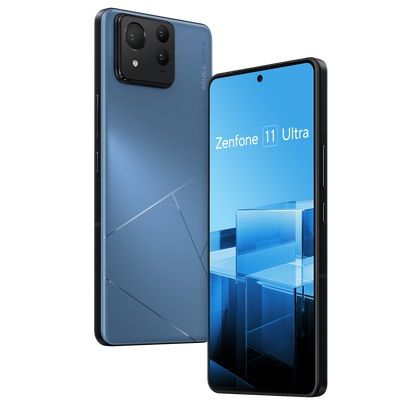
Asus Zenfone 11 Ultra
Big on features
This phone boasts top-tier performance with its latest processor and ample RAM. The battery life is impressive, and the camera system offers more versatility with a telephoto lens. If you prioritize a big screen, long battery life, and performance, the Zenfone 11 Ultra is a solid choice, but be mindful of the camera limitations and short software update window.
However, you will have to live with Asus’ mediocre software update policy and lack of any broader ecosystem products that brands like Samsung and OnePlus offer with their phones. If you’re already a happy Zenfone 10 owner, you likely don’t have a compelling reason to upgrade to the 11 Ultra unless the compact size or battery life has become a problem.
For new buyers looking for a compact phone or a value-for-money flagship, the Zenfone 10 remains a compelling option. It’s a rare breed in today’s market — a phone offering flagship-level power and an all-day battery in a form factor perfectly suited for single-handed use. You’ll sacrifice the telephoto lens and rapid charging speeds of the Zenfone 11 Ultra but still have a delightfully compact phone without any other compromises.
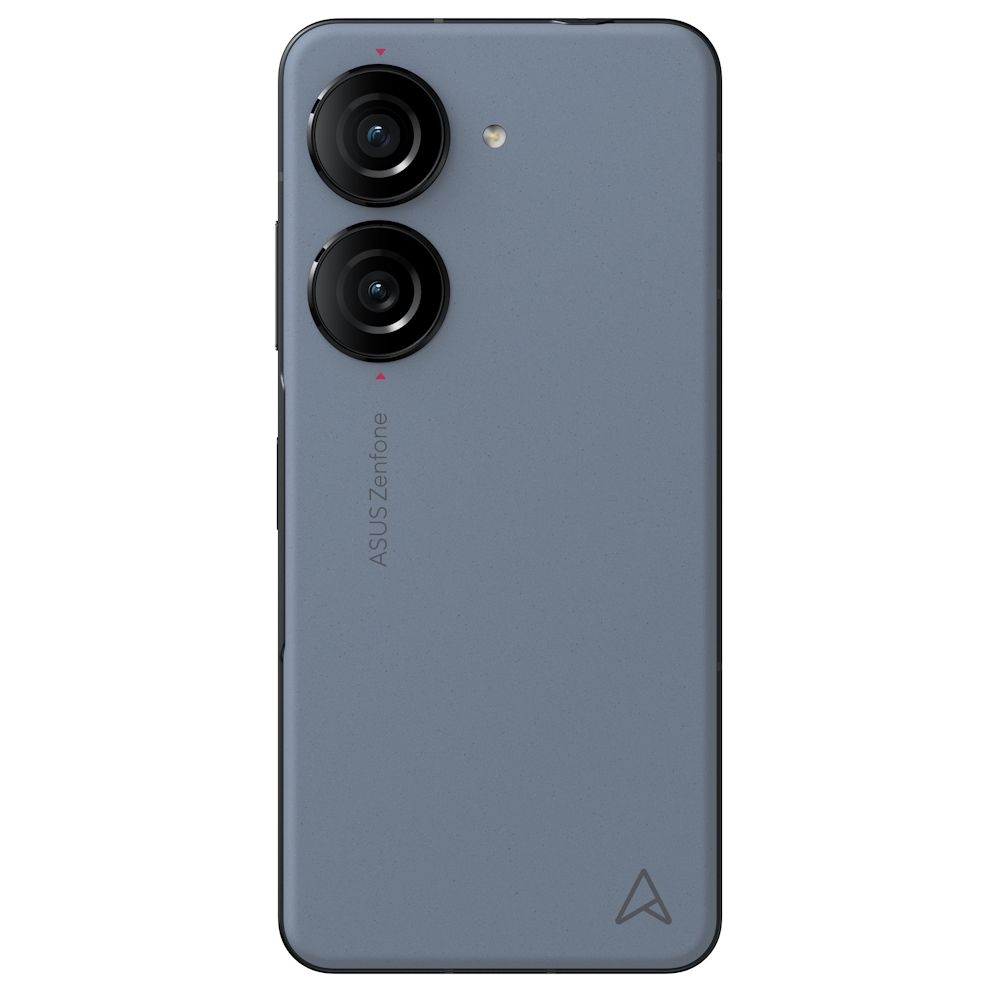
Asus Zenfone 10
Lightweight performer
Don’t be fooled by its size. The Zenfone 10 can tackle everyday tasks and even games without breaking a sweat. It has only one OS upgrade left, and the lack of a telephoto lens limits zoom capabilities. That being said, it’s still a worthy consideration for users who prioritize a compact phone but are willing to sacrifice some camera quality.




